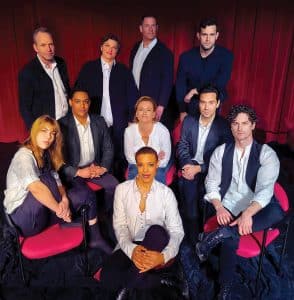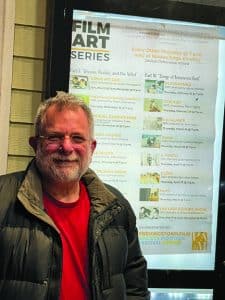The Work of Marian Roth
by Rebecca M. Alvin
The beauty in Marian Roth’s work lies in its mystery. Whether she is working with pinhole photography, painting, or mixed media, there is a narrative depth to her work that comes from what we don’t quite see, what we don’t really know.
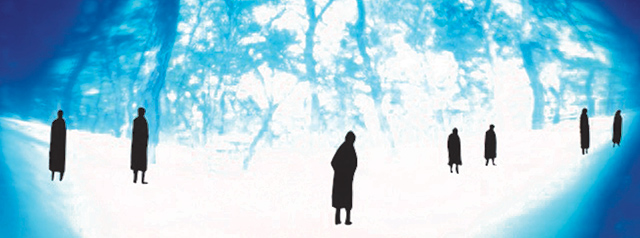
For years, Roth was known as Provincetown’s pinhole photographer, creating camera obscuras out of spaces such as a van and a hot dog stand. Those works are included in a retrospective show at Provincetown Art Association and Museum (PAAM) curated by Patrick Davis, along with paintings she made during a period when she had abandoned photography, recent works combining older pinhole images she’d made with new lithographed silhouette figures added, as well as her most recent work.
“I was literally stopped in my tracks by her work in a local gallery,” says curator Patrick Davis recalling the first time he saw Roth’s work. “I had a reaction to it that I’d only had two or three other times, which was I just welled up with tears. I was so moved by it. And the gallerist [at Kobalt Gallery] was kind enough to say, ‘Would you like me to call her? Would you like to learn more about her work?’ and that started this incredible relationship we’ve built.”
While Roth has worked in various mediums, the work is most connected conceptually with photography because it is a medium that is intrinsically tied to time. Whether it’s the moment to snap a photograph, the amount of time for an exposure, or the right timing in the darkroom, photography—more than painting or collage, or any other medium aside from film/video—connects us to the difficult, multilayered concept of time. It is also strongly connected to light in unique ways. Without light, no photograph can be made, after all. And yet, Roth resists the restriction of being called a “photographer.”
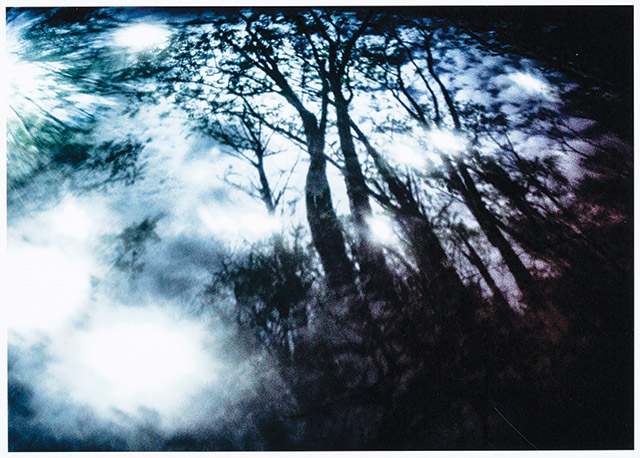
“She is an artist who uses photographic equipment and who builds cameras that she inhabits,” clarifies Davis. “She’s capturing this kind of poetic quality of time and light. I think the big difference between her and traditional photographers is that traditional photographers are trying to capture a moment in time and I think Marian is trying to capture time itself. It’s the passage of time, slowing down time…This is what I find so poetic about her work.”
Roth’s work is also imbued with a sense of sorrow. The figures are in silhouette, making them “both present and absent,” in Davis’ words. They are often solitary or in small groupings, giving a sense of alienation, but also a kind of intimacy that would be absent in these images without those figures.
“I think [the figures] are interesting because they extend the time when the artwork was made: when the photograph was taken and when the lithographs were applied to them were [separated by] many years, more than a decade in between, and so I think that they continue to explore her interest in time,” Davis explains. “For her personally, they are very much tied to her heritage. They are tied to a period of loss, they’re tied to her mother’s death, so they’re very meaningful figures in her work.”
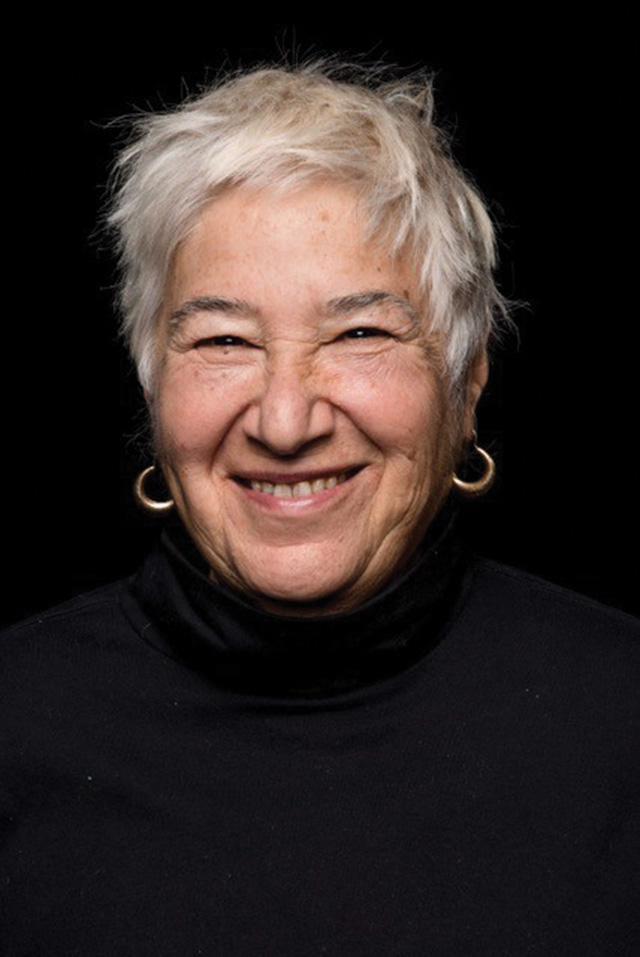
Photo: KatieAmbrose
While this melancholy aspect is fairly consistent throughout her work, there are exceptions, including a trio of images in the show that were made shortly after Roth beat cancer into remission. In these works, View From My Imaginary Studio: After Chagall (2016), A Cure For Loneliness (2013), and Homage to a Fishing Village (2016), there is a lightness, an entirely different palette, and a sense of optimism and possibility.
“It’s never literal, whether it’s a photograph or a painting. I think everything is symbolic in Marian’s work,” Davis says.
Davis, who has been collecting photography and experimental art work for over 25 years, says he is drawn to work that pushes the boundaries of photography and brings something out of the medium that is unexpected. In Roth’s latest work, she prints images taken from inside the camera obscuras, which include the multiple possible photographs, giving us a truly unique vantage point.
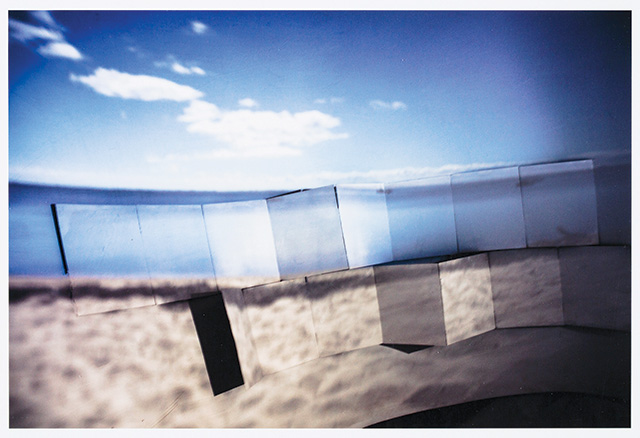
“We’re literally getting a picture inside the camera at this point, which make it in some ways the most intimate photo she’s taken,” Davis says in reference to her untitled beach scene from the Geodesic Dome Camera Obscura series.
There is also a large piece that is a collage of separate photos, perhaps demonstrating a new direction for Roth, one that is very much connected to the assemblage and collage techniques that have become a familiar Provincetown approach.
“There’s a sense of hand and intimacy and a sense of materiality to her work, but she’s doing it with photography, which I’ve not seen, except maybe in the work of David Hockney… It’s imperfect. It’s very Provincetown. It’s not meant to be too polished.”
The PAAM show makes clear that Roth’s contribution to the ongoing vitality of the art colony is unique and unmatched.
“So often we talk about Provincetown as this artists’ colony. But we talk about that with a sense of the past, you know, these great contemporary artists were here. And I think with Marian, a great contemporary artist is still here,” agrees Davis. “I don’t think the history of Provincetown as an art colony is over at all. I think it’s continuing through many, many artists. But in terms of really groundbreaking contemporary art, I think Marian is right there. She won the Guggenheim [fellowship] for the big Ilfochrome pieces and the van pieces. I think she was a decade ahead. I mean that work seems very new today, and so, in some ways, she’s been doing work well ahead of her time. And I think that’s the definition of a contemporary artist: we have to catch up to them.”
On Bended Light: A Retrospective is on view at PAAM, 460 Commercial St., through July 16. For more information call 508.487.1750 or visit paam.org.





